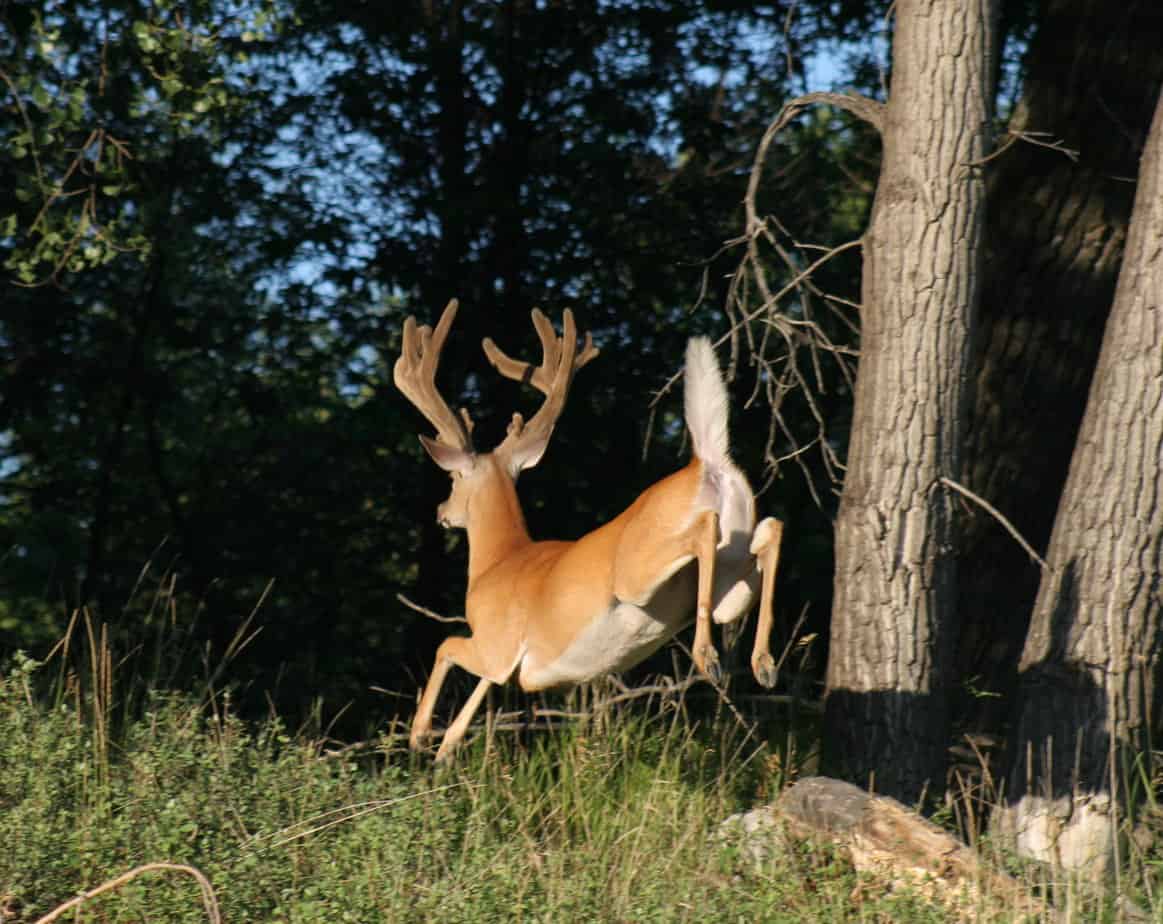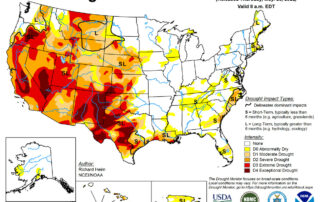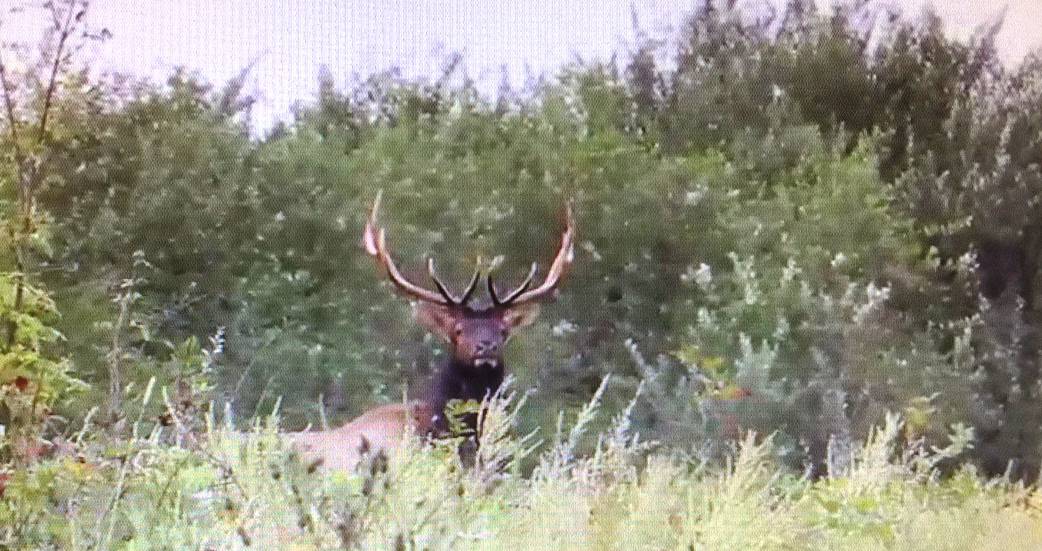What Do Hundreds Of Buck Rubs Tell You?
Research years ago by Dr. Karl Miller, Larry Marchington and Matt Knox provided some good skinny on whitetail buck rubs. The highly regarded biologists found that when an area is blazed with a noticeably large number of rubs, dozens or hundreds, the peak of the rut often occurs days earlier than normal. The theory is that by depositing gobs of “priming pheromones” on all those trees, the bucks stimulate the does into early estrus. So if you find twice or three times as many rubs as usual in your hunt zone this fall, you might want to take off work and hunt a week earlier than you planned. The number of rubs that pop up in the woods can also [...]





